CAMBRIDGESHIRE, ENGLAND—BBC News reports that five medieval windmills used for grinding grain were unearthed in the East of England during an investigation conducted ahead of a residential construction project. “They are really cool finds as X really does mark the spot—the main foundation is made up of a cross to make the support for the windmill post,” said archaeologist Christopher Wakefield of the University of Cambridge. The two big pieces of timber making up the X were known as cross trees, he added. Four of the windmills stood at different times between 1300 and 1500. As the wood deteriorated, a new mill would have been built nearby with as much wood salvaged from the old mill as possible. In fact, one of the windmills had been on top of a previous one, indicating that the site was ideally suited for milling, Wakefield explained. “The ridge [they were located on] was one of the highest points in the area and the perfect location for a windmill as they got the maximum amount of wind,” he said. To read about a windmill doodle drawn by a young Isaac Newton, go to "Newtonian Whiteboard."
Traces of Medieval Windmills Uncovered in England
News June 20, 2024
SHARE:
Recommended Articles
Digs & Discoveries November/December 2021
The Age of Glass

(Jason Urbanus; Chapter of Canterbury Cathedral)
Digs & Discoveries July/August 2021
Laws of the Land
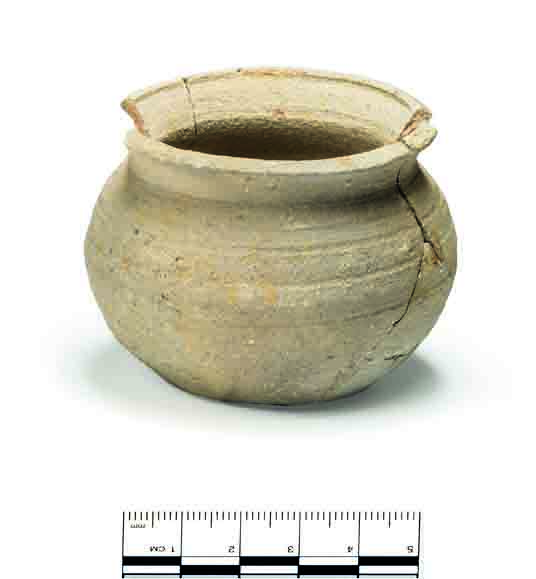
(University of Bristol)
Digs & Discoveries March/April 2021
An Enduring Design
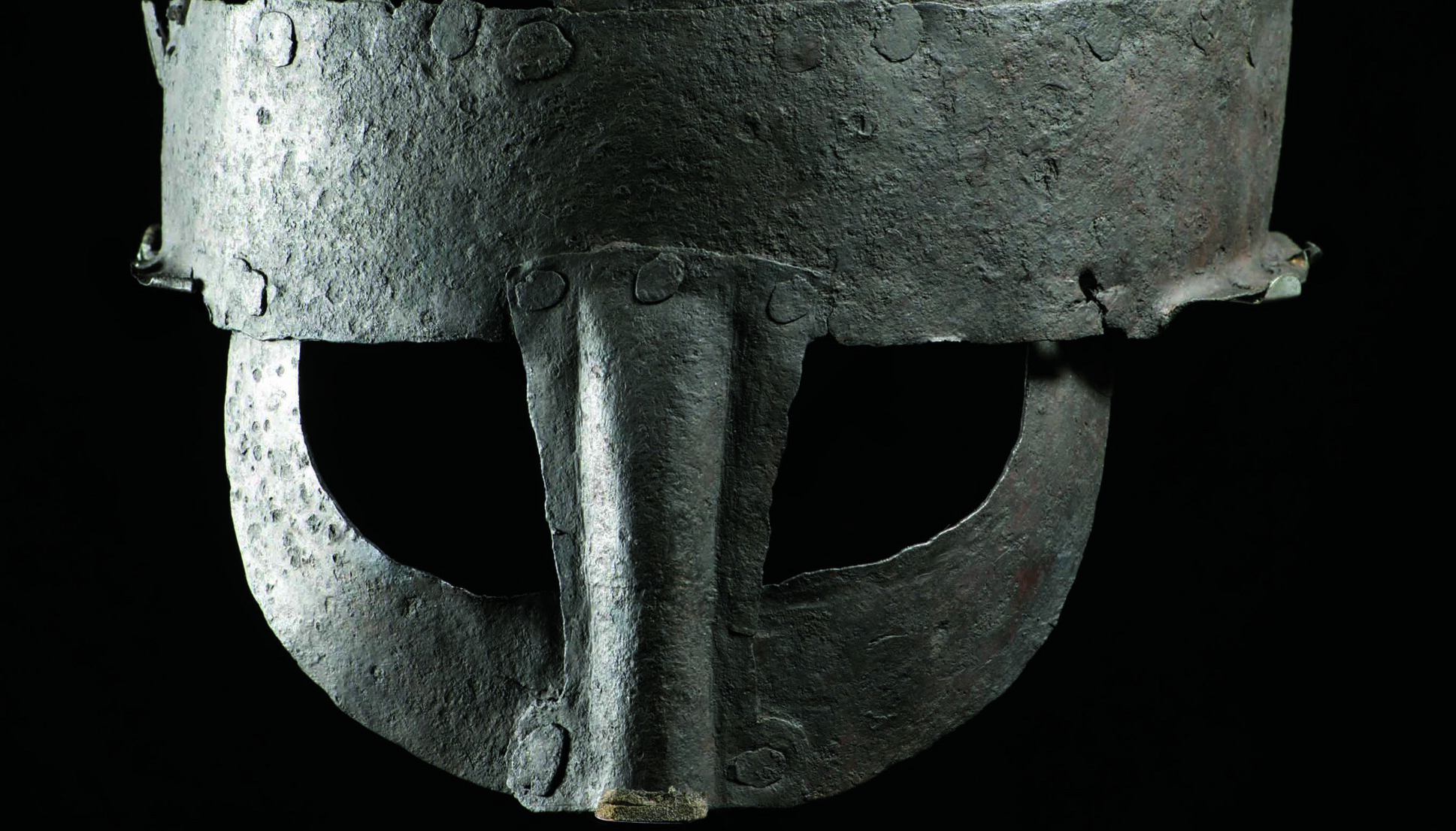
Courtesy Durham University
Artifacts November/December 2020
Illuminated Manuscript
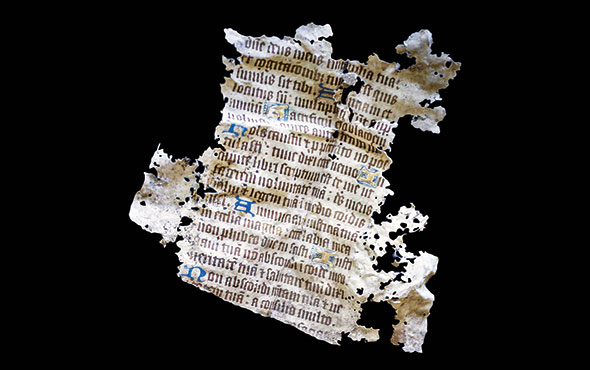
(National Trust/Mike Hodgson)
-
Features July/August 2024
The Assyrian Renaissance
Archaeologists return to Nineveh in northern Iraq, one of the ancient world’s grandest imperial capitals
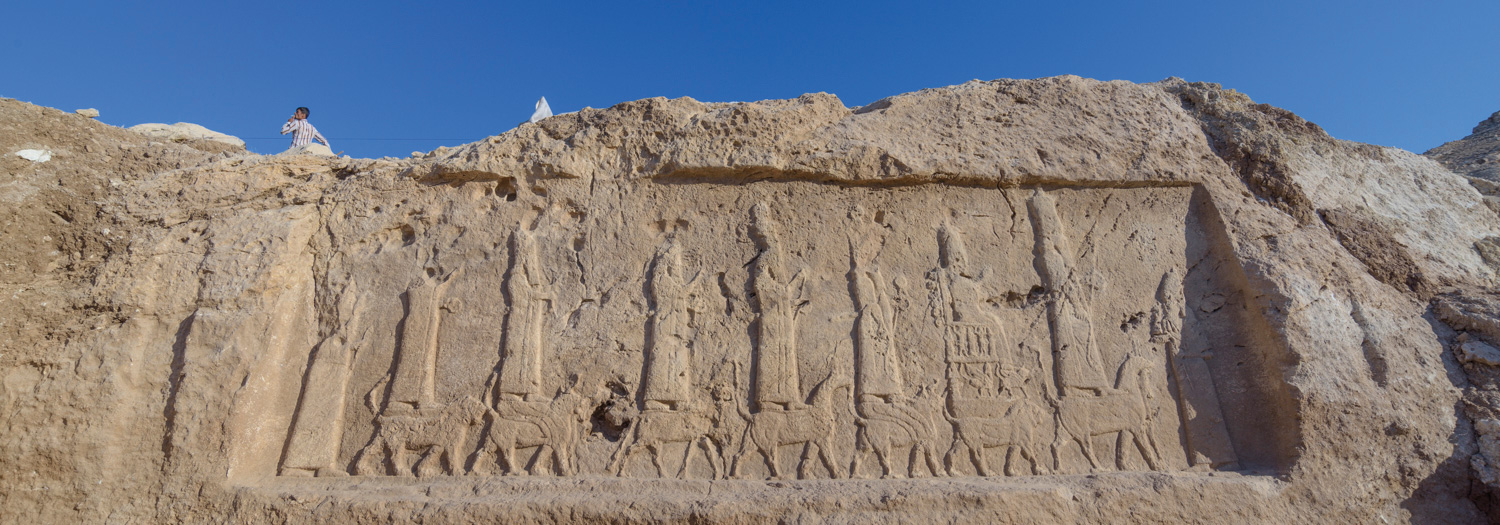 (Land of Nineveh Archaeological Project)
(Land of Nineveh Archaeological Project) -
Letter from Nigeria July/August 2024
A West African Kingdom's Roots
Excavations in Benin City reveal a renowned realm’s deep history
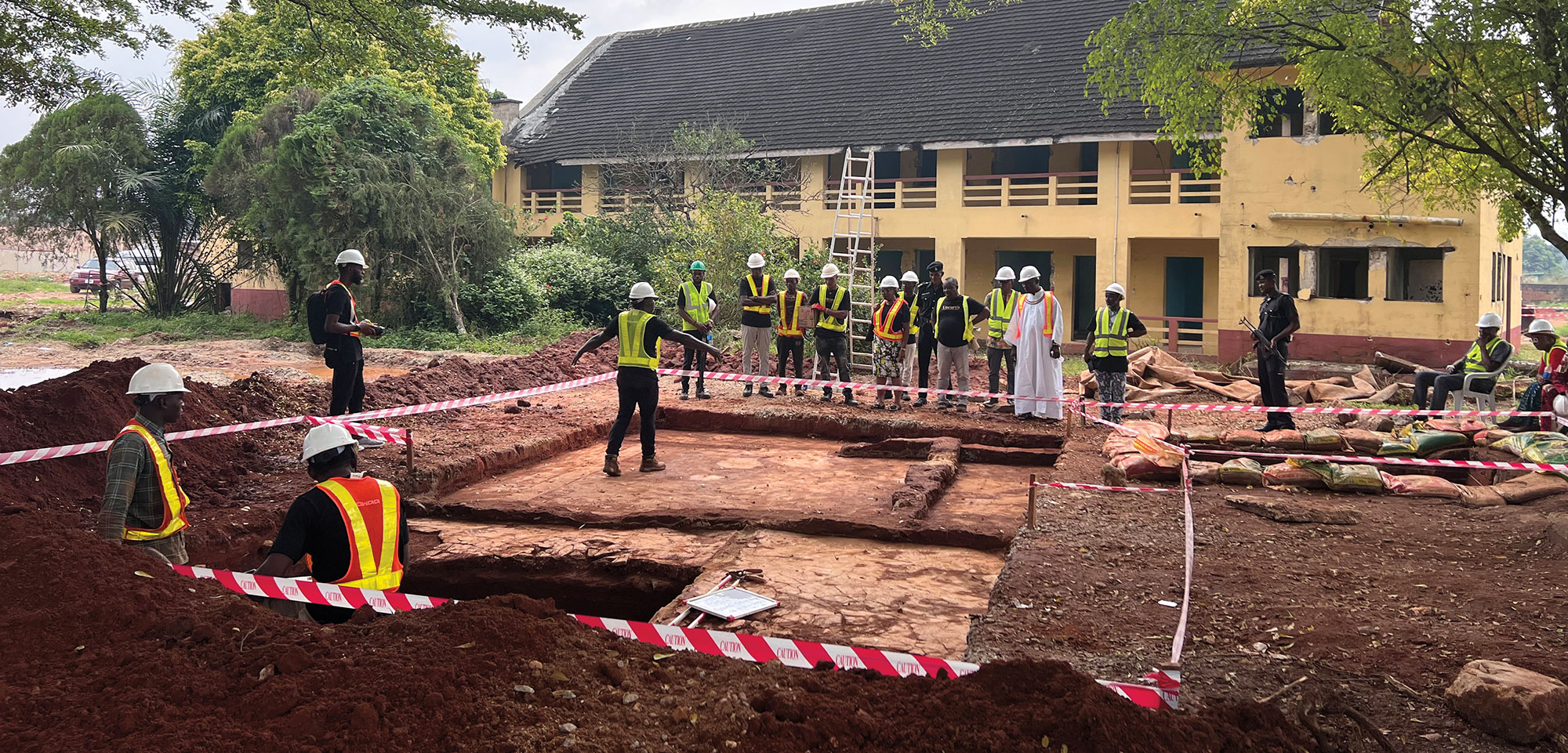 (Mike Pitts)
(Mike Pitts) -
Artifacts July/August 2024
Etruscan Oil Lamp
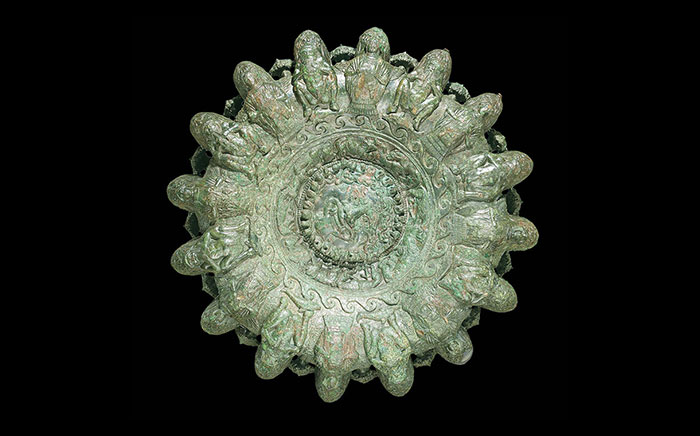 (Courtesy Museo dell’Accademia Etrusca e della Città di Cortona; © DeA Picture Library/Art Resource, NY)
(Courtesy Museo dell’Accademia Etrusca e della Città di Cortona; © DeA Picture Library/Art Resource, NY) -
Digs & Discoveries July/August 2024
Bronze Age Beads Go Abroad
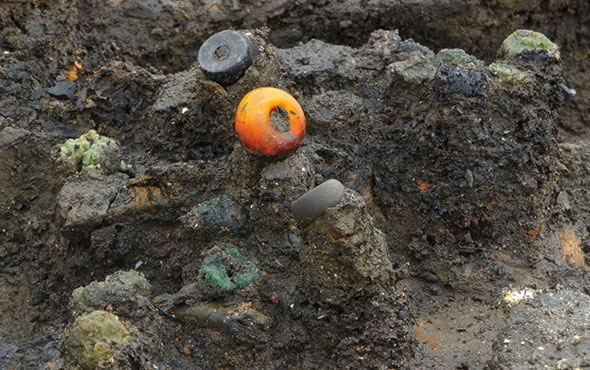 (Courtesy Cambridge Archaeological Unit)
(Courtesy Cambridge Archaeological Unit)


